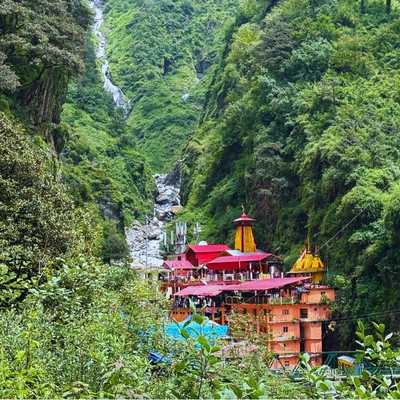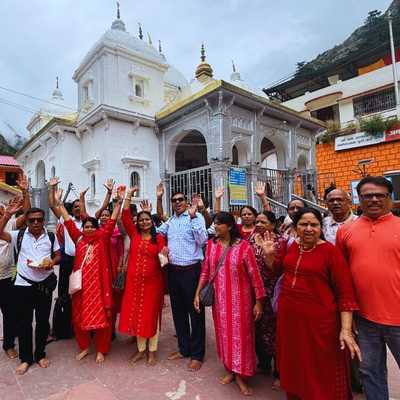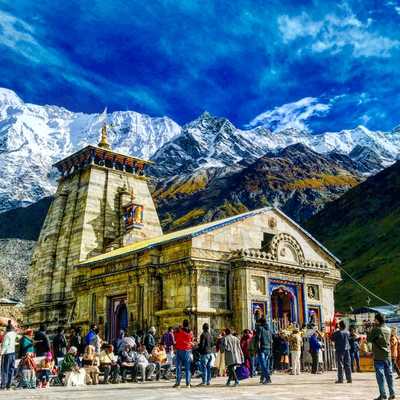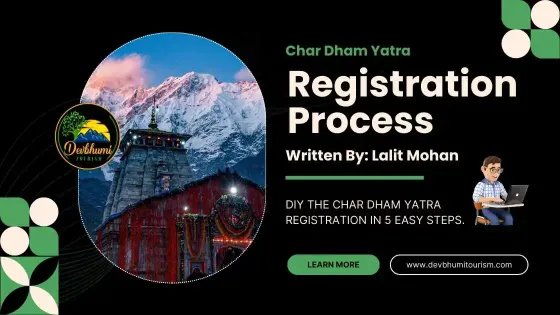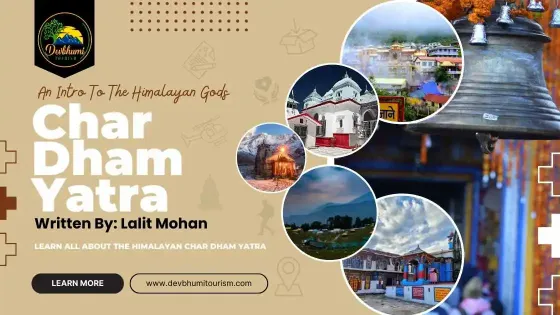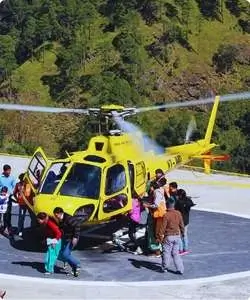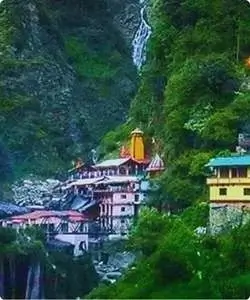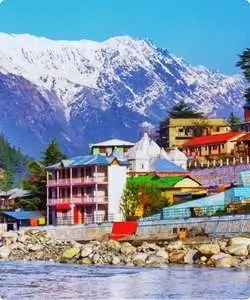Sacred Steps: Essential Do’s and Don’ts for a Safe & Spiritual Char Dham Yatra
Topics: Do and Don't do in Char Dham Yatra, Avoid These Mistakes During Your Char Dham Yatra, Sacred Travel Tips: Do’s and Don’ts for the Char Dham Journey

The Char Dham Yatra in Uttarakhand is a sacred pilgrimage to the four holy shrines of Yamunotri, Gangotri, Kedarnath, and Badrinath, each dedicated to a different deity—Goddess Yamuna, Goddess Ganga, Lord Shiva, and Lord Vishnu. This yatra is believed to wash away sins and open the path to salvation. Pilgrims begin the journey from Haridwar or Dehradun, moving through rugged Himalayan terrain, rivers, and spiritually charged sites. The yatra is open from April/May to October, depending on weather. With devotion, discipline, and preparation, Char Dham offers a deeply transformative and soul-lifting experience amidst nature’s divine beauty.
In this article, we will explore the important do’s and don’ts to follow during the Char Dham Yatra. From health precautions and respectful behavior to safety tips and spiritual etiquette, understanding these guidelines will help ensure a smooth, safe, and spiritually enriching journey to the sacred shrines of Uttarakhand.
📍 Do's and Don'ts in Char Dham Yatra
starting on the Char Dham Yatra is a spiritually enriching journey, but due to its challenging Himalayan terrain and sacred significance, it's important to follow proper etiquette and precautions. Here’s what you should and shouldn’t do during the yatra:
✅ Do's:
- Register Online: Complete your biometric and travel registration on the official portal before starting the yatra.
- Carry Valid ID & Medical Kit: Keep identity proof, emergency contacts, and essential medicines with you.
- Dress Modestly: Wear respectful and comfortable clothing, especially in temple premises.
- Pack Essentials: Carry woolens, raincoat, torch, power bank, trekking shoes, and reusable water bottles.
- Follow Temple Rules: Observe silence, queue up for darshan, and respect rituals and traditions.
- Stay Hydrated and Rested: Acclimatize to high altitudes and take breaks to avoid altitude sickness.
- Keep the Environment Clean: Dispose of waste properly and use eco-friendly items.
- Respect Locals and Fellow Pilgrims: Be humble, helpful, and patient throughout the journey.
❌ Don'ts:
- Avoid Non-Vegetarian Food, Alcohol & Tobacco: These are strictly prohibited in and around the Char Dham sites.
- Don’t Disrespect Religious Practices: Avoid loud behavior, taking selfies in temple sanctums, or interrupting rituals.
- Do Not Litter: Maintain the natural sanctity of the Himalayas—plastic is banned in many areas.
- Don’t Overexert Yourself: If feeling unwell, rest and consult local medical help.
- Avoid Solo Trekking in Remote Areas: Stick to marked paths and stay with the group or your guide.
- Don’t Ignore Weather Alerts: Always check the weather forecast and local advisories.
📍 Where to Reach to Quickstart the Char Dham Yatra Tour?
To quickly start the Char Dham Yatra, the best entry points are Haridwar, Rishikesh, or Dehradun. These cities are well-connected by road, rail, and air. Jolly Grant Airport in Dehradun is the nearest airport for air travelers. From these locations, the traditional route begins with Yamunotri, followed by Gangotri, Kedarnath, and Badrinath. Taxis, buses, and helicopter services are available for easier access. Starting early from Haridwar or Dehradun ensures smooth travel, timely darshan, and better acclimatization to high altitudes, especially for the treks to Kedarnath and Yamunotri.
🌤️ Best Season for Char Dham Yatra
The best season for the Char Dham Yatra is during the summer and post-monsoon months, from late April to June and September to early November. During this time, the weather is pleasant, skies are clear, and roads are more accessible. The temples open in April/May, marking the official start of the pilgrimage. Monsoon months (July–August) should be avoided due to heavy rainfall, landslides, and slippery trekking paths. Autumn (September–October) offers clear views and a peaceful environment with fewer crowds. These seasons ensure a safer, more comfortable, and spiritually enriching yatra experience amidst the serene Himalayan landscape.

